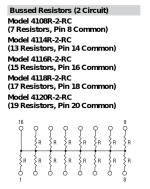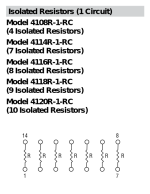detscadosu24
Member
- Joined
- Aug 17, 2023
- Messages
- 21
Hello,
I built myself an extender card using these files: https://github.com/schlae/ibm-extender
I now put it inside my 5160 and on boot the card is completely ignored. No 1801 error even if the expansion unit is disconnected, and if connected it does not work. I tested all ICs except one, see pictures.
Did anyone encounter the same problem?
Thank you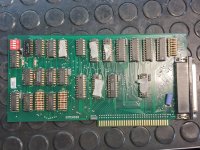
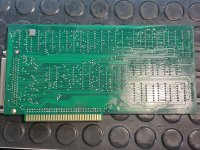
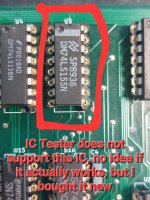

I built myself an extender card using these files: https://github.com/schlae/ibm-extender
I now put it inside my 5160 and on boot the card is completely ignored. No 1801 error even if the expansion unit is disconnected, and if connected it does not work. I tested all ICs except one, see pictures.
Did anyone encounter the same problem?
Thank you





